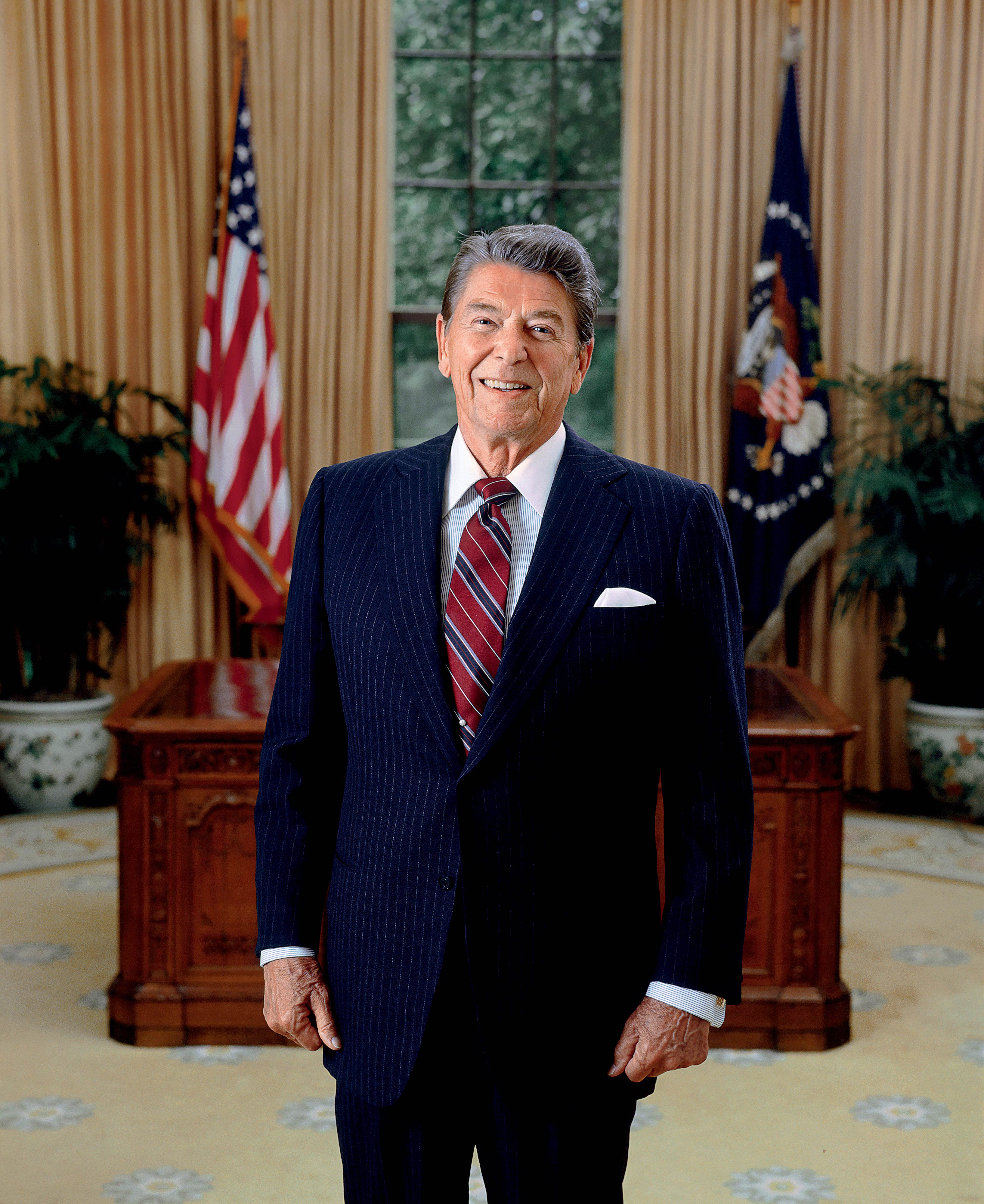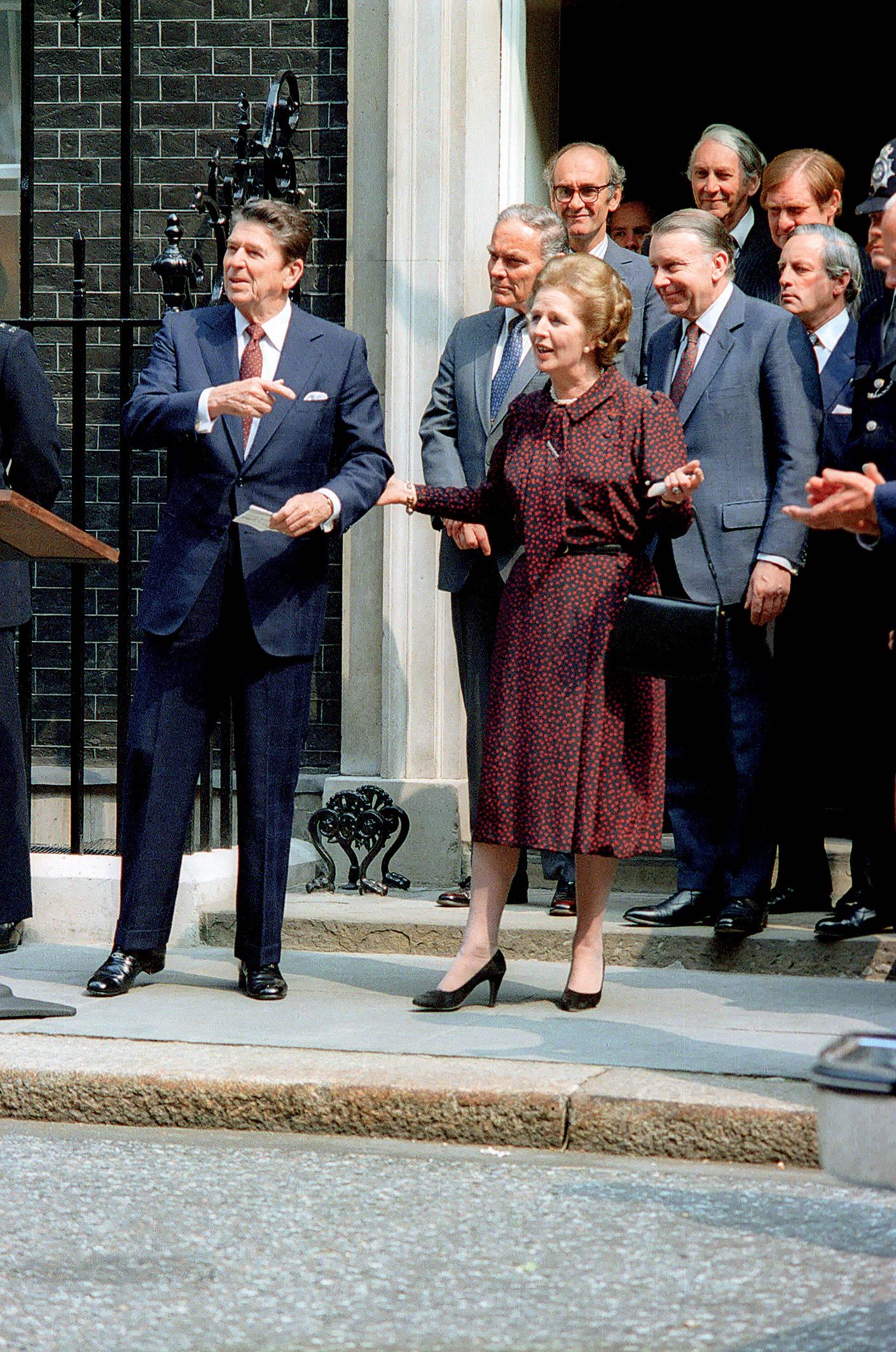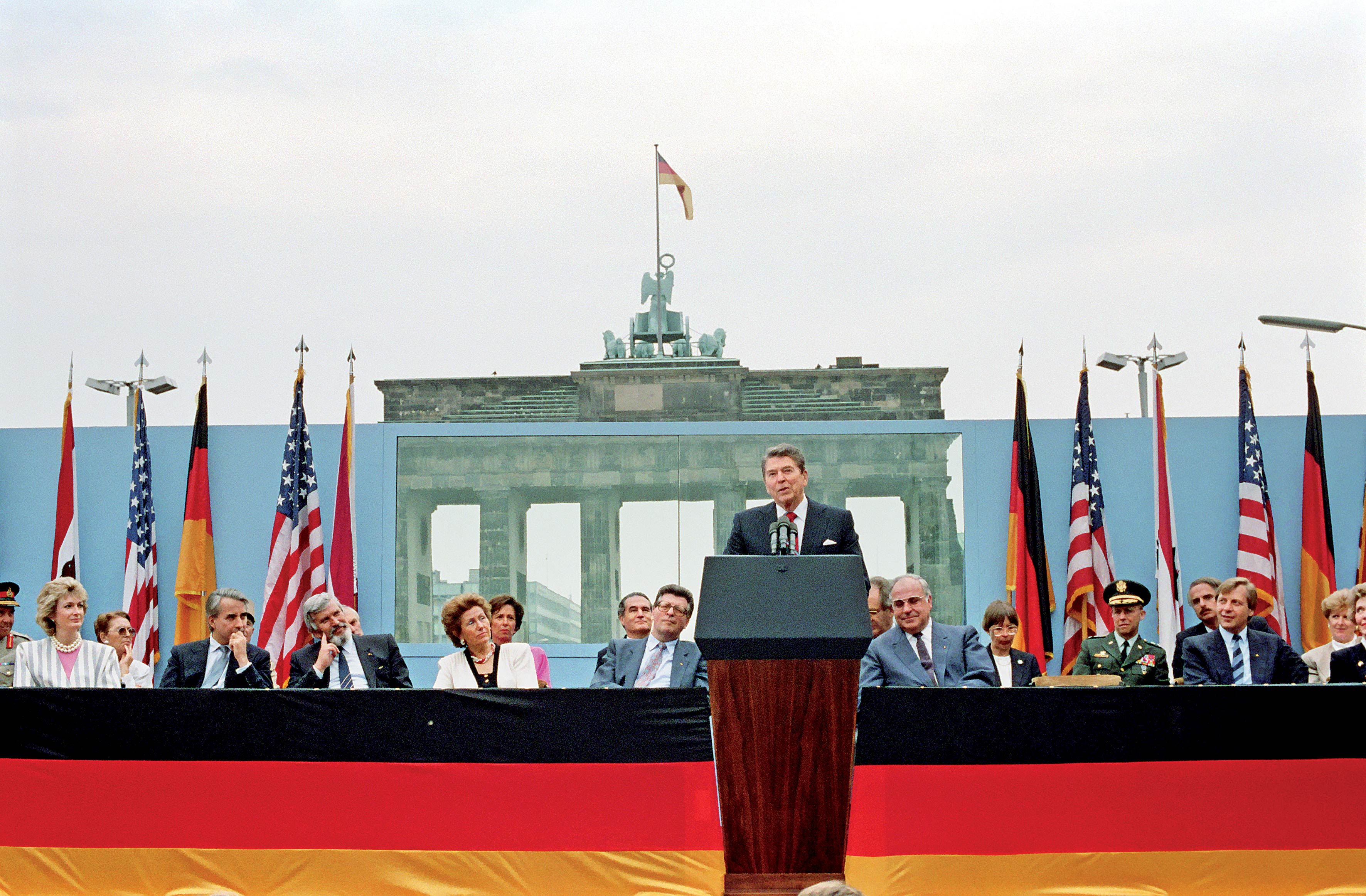Actor, and later President of the United States, Ronald Reagan, was one of the people who helped end the cold war. With the accession of its 40th president, the United States' policy towards the Soviet Union started shifting.
He intended to weaken the standing and stability of the USSR in all of its spheres of influence through economic and military reform. He elected to go with a simple strategy to beat Communism: The USA will be victorious and the USSR will lose. The strategy succeeded and he bested the “evil empire.”
Willing to negotiate
The rivalry between the US and the Soviet Union came about during World War II when these two powers divided up their spheres of influence. It was clear that the tensions between them would keep rising, the so-called Cold War lasted for nearly fifty years. In the early 80s, the Soviet Union's relations with the West were deteriorating. Soviet officials were faced with a powerful opponent – President Reagan. The deployment of Soviet missiles, capable of hitting Western Europe, got the US and NATO worked up and they demanded that the USSR remove them. When that did not happen, the USA, at the request of its European partners in NATO, strategically deployed similar missiles throughout Western Europe. The Soviet Union countered by deploying more missiles in East Germany and Czechoslovakia. Despite this back and forth, in June 1982, negotiations about limiting the amount of strategic nuclear weapons were initiated. The USSR was no match for the US in the arms race and it was lagging in other aspects as well. Even in these tense times, Reagan attempted to meet with Soviet high officials. But there was no one to negotiate with. They pretty much died right in front of his eyes. Brezhnev died in November 1982, and his successor, Andropov, in early 1984. The next in line, Chernenko, died in March 1985.
Trouble in Soviet satellites
Trouble also emerged in the USSR's satellite states. In early 1980s Poland, people started protesting. Brezhnev was at a loss as to how he should react. He wanted to invade Poland, but the time was not right with everything that was going on. China started warming up to the United States, and the Soviet Union could well be left isolated if it stretched itself out in another occupation. Protesters from the Polish port city of Gdansk, headed by Lech Walesa, formed the foundation of the Solidarity movement, which rapidly garnered the support of dissidents throughout post-Soviet countries. Ronald Reagan was also watching things unravel in Poland, but he was left alone in his fight at the time. France and Great Britain implied that they would provide no significant aid to the Polish uprising. Despite facing a risk of open conflict with the USSR, Ronald Reagan embargoed Poland as well as the Soviet Union. The world scowled at his actions. President Reagan devised a strategy to defend the US in case of a Soviet offensive. He proposed the Strategic Defense Initiative (SDI), which was to protect the United States from any potential attack with ballistic missiles. Reagan also used it in his negotiations with the Soviets, always managing to make them back down. The USSR was intimidated by the SDI because it was well aware that its economic and military power was not on par with the USA.
Gorbachev brings change
The coming to power of the new General Secretary of the Soviet Communist Party, Mikhail Gorbachev, brought about a shift in international politics. Reagan and Gorbachev's first meeting took place in November 1985, on the banks of Lake Geneva. They agreed that there would be no winner if it came to nuclear war, and so it must never happen in the first place. Initially, Gorbachev elected to continue in the footsteps of his predecessors, but he soon found out that his rhetoric towards Reagan had to change. He realized this at a summit in Reykjavik, where Reagan left the meeting without explanation. Ronald Reagan proved to be an unrelenting negotiator who firmly stuck to his Strategic Defense Initiative plan. Gorbachev was also acutely aware of his weaker position due to the USSR's growing economic issues. The Reykjavik summit sparked negotiations that led to the signing of the treaty outlining the practical steps towards nuclear disarmament.
The powerful trio that changed the world
Reagan was actively looking for an ally to help him solve the issues in Poland. He found just such allies in the two most unlikely people. One was Polish-born Pope, John Paul II, a supporter of Solidarity. They met on June 8, 1982, during the US President's state visit to Western Europe. Another meeting followed, this time with British Prime Minister, Margaret Thatcher. The conservative Reagan found support with the head of the Catholic Church, but with the less conservative Thatcher, he did not. Despite that, this threesome managed to best the Eastern Bloc through its unrelenting moral stance. It facilitated the miraculous liberation of Eastern Europe from the throes of Soviet Communism.
The statesman of freedom
In both British and international politics, Margaret Thatcher played an important role as a mediator of sorts between the US and its western allies. She and the American president presented a unified front. Same as Ronald Reagan, Thatcher believed the USSR to be an empire of evil that should be approached from a position of power. More than anyone else, it was the two of them that influenced the momentous events towards the end of the 20th century. Their long-term efforts culminated in 1989, when Communism was overthrown in Central and Eastern Europe, and later, in 1991, when the USSR dissolved. “Ronald Reagan won the Cold War without ever firing a single bullet,” said Margaret Thatcher. They both brought about a conservative revolution that influenced not only the policy of their successors, but their opponents as well. They made sure that the nations of the Eastern Bloc would have a democratic future.

CV
Ronald Wilson Reagan was born February 6, 1911, in Tampico, Illinois. He was married twice, fathering two sons and two daughters.
He admired Franklin D. Roosevelt for his leadership abilities. The former Democrat put his name down in history not only thanks to his acting career with more than eighty movies (there is a star with his name on the Hollywood Walk of Fame).
Reagan became the first Republican since 1888 to beat an acting Democratic president.
He was sworn in on January 20, 1981, and his last day as president was January 20, 1989.
In November 1994, he announced that he had been diagnosed with Alzheimer's. “I now begin the journey that will lead me into the sunset of my life. I know that for America there will always be a bright dawn ahead. Thank you, friends. God bless you,” he said at the time.
#Ronald Reagan died of pneumonia on June 5, 2004.

The American President and British Prime Minister, Margaret Thatcher, at the renowned 10 Downing Street in 1982.

General Secretary Gorbachev and President Reagan in the White House signing the Intermediate-Range Nuclear Forces Treaty.

Ronald Reagan making his speech in front of the Brandenburg Gate in Berlin.